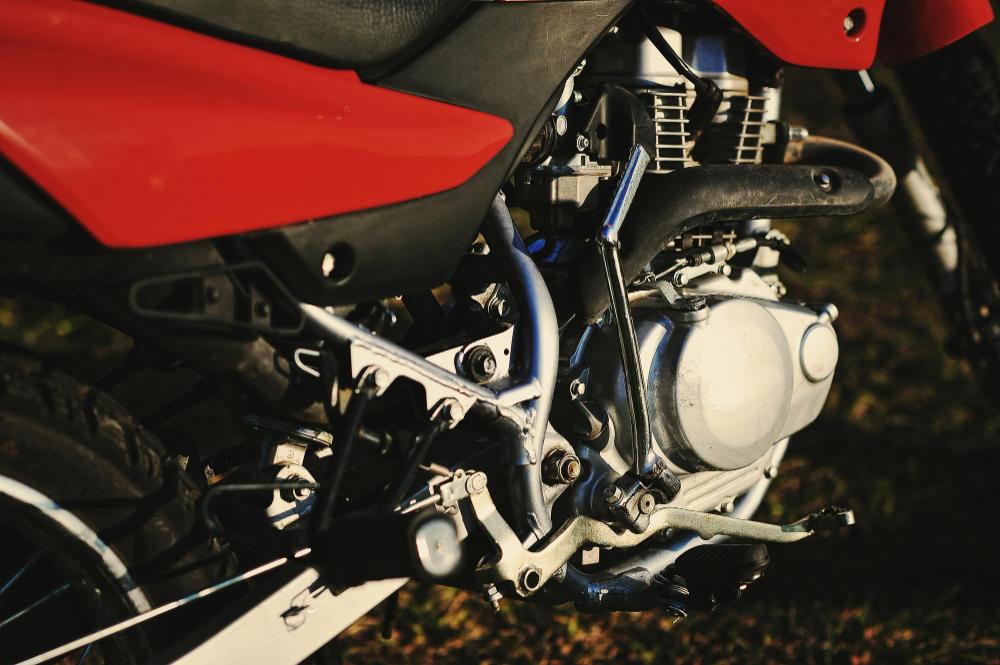Charging Ahead: Demystifying the World of Motorcycle Batteries

Motorcycle batteries are always in high demand to ensure good performance and reliability in your bike. They are used to generate power for any kind of starting mechanism, provide energy for lights and indicators and any other electrical things in the bike. Knowing the types of motorcycle batteries and when to change them might be a big help for you in your riding. This article will clear some common questions people have regarding these batteries.
What Types of Motorcycle Batteries Are Available?
Lead-Acid Batteries
Lead-acid batteries have been the traditional choice for bikes for decades. They come in two main varieties: wet cells and absorbed glass mat (AGM).
Wet Cells
These batteries require regular maintenance, including checking electrolyte levels and adding distilled water when needed. They are prone to leakage and can be heavy, making them less desirable for performance-oriented riders.
AGM Batteries
AGM batteries are a more advanced version of lead-acid technology. They are spill-proof and maintenance-free, offering a longer lifespan of about 3 to 5 years. Their design allows for better vibration resistance, making them suitable for off-road bikes.
Lithium-Ion Batteries
The most up-to-date technology for motorcycle batteries is lithium-ion batteries. Lightweight, compact, and longer-lived than the traditional lead-acid batteries, they may cost a bit more initially, but low self-discharge and low maintenance make them an attractive choice for many riders.
Comparison of Lifespans
Lithium-ion batteries usually last up to 10 years or more, but lead-acid batteries need to be replaced every 2 to 5 years. This makes the higher upfront cost worthwhile for most bike enthusiasts.
How Do I Know When to Replace My Motorcycle Battery?
Signs of Battery Failure
Slow Cranking or Difficulty Starting
If your bike doesn’t start properly or seems to take a longer period than before to crank over, the battery could be at its decline.
Dimming Lights
Brightness is reduced either in the headlights or in the dashboard lights. This can be an indication that the battery is running out.
Electrical Issues
You will normally know it is a battery issue when you see flickering lights and faulty electrical components.
Physical Damage
Be alert to swelling and leakage from your battery. Once you spot those, then it's time for a new battery.
Battery Age
Most motorcycle batteries have a lifespan ranging from 2 to 5 years based on usage and environmental conditions. If your battery is approaching this age range, it’s wise to monitor its performance closely and consider replacing it proactively.
What is a Load Test and How is it Performed?
In the case of a load test, the suitability of your motorcycle battery is checked. Such a process evaluates its ability to deliver power when loaded.
How to Perform a Load Test
Check Voltage at Rest
Measure the voltage of the battery without connecting it to any load. A good battery will measure around 12.2V up to 12.5V with the help of a multimeter.
Connect a Load Tester
Attach the load tester as indicated in the manufacturer's instructions and monitor the voltage drop during the test.
Monitor Voltage Drop
If the voltage reading under the load test is as low as 9.6V, then you probably can say the battery is weak and just about ready to be replaced.
Importance of Load Testing
Regular load tests on your car battery can reveal potential problems early on. This helps prevent catastrophic battery failure that could leave you stranded. By staying proactive with battery maintenance, you can ensure your safety on the road.
Are Lithium Motorcycle Batteries Worth the Investment?
Cost vs. Performance
Lightweight and Compact
Lithium batteries weigh much less compared to lead-acid batteries, and this makes the performance of a bicycle even better
High Cycle Life
Lithium batteries will withstand thousands of charge cycles before their performance starts degrading,
Low Maintenance
While the lead acid battery will need constant checkup and maintenance, the lithium-ion is basically maintenance-free.
Considerations for Investment
Determine whether your bike model and riding conditions are compatible with a change to a lithium before you make the switch. Some of the older models cannot support lithium technology, due to some electrical requirements.
Is It Possible to Use a Lithium Battery in My Bike?
Compatibility Issues
Some bikes, especially older models or those with unique electrical systems, will not support lithium batteries. In such a case, it is more important to consult your owner's manual or manufacturer specifications.
How to Properly Maintain Your Motorcycle Battery?
Maintenance Tips
Regular Voltage Checks
Through a multimeter, you should check voltage levels regularly. Any faulty issues would be detected much earlier.
Clean Terminals
It takes an easy approach to clean the terminals of the battery by mixing baking soda and water and cleaning the terminals regularly.
Store Properly
Store your battery in a cool, dry place away from direct sunlight during off-seasons or for long periods of inactivity.
Charging Practices
Do not overcharge your battery. You should use an appropriate charger designed for your type, lead-acid or lithium. For lead-acid batteries, one must frequently achieve full charge to prevent sulfation-the common problem that may shorten their life.
Key Takeaway
Knowing about motorcycle batteries –what is available, what the regular service practices are, and when you are going to know failure –would significantly improve your entire riding experience and secure your well-being along the road. Being informed of your options and knowing how to discern when it is time to replace or upgrade will keep your bike running efficiently. When you decide on lead acid or the newer lithium technology, make sure you're investing in quality products that support your needs.
- Art
- Causes
- Crafts
- Dance
- Drinks
- Film
- Fitness
- Food
- Juegos
- Gardening
- Health
- Home
- Literature
- Music
- Networking
- Other
- Party
- Religion
- Shopping
- Sports
- Theater
- Wellness
- IT, Cloud, Software and Technology


